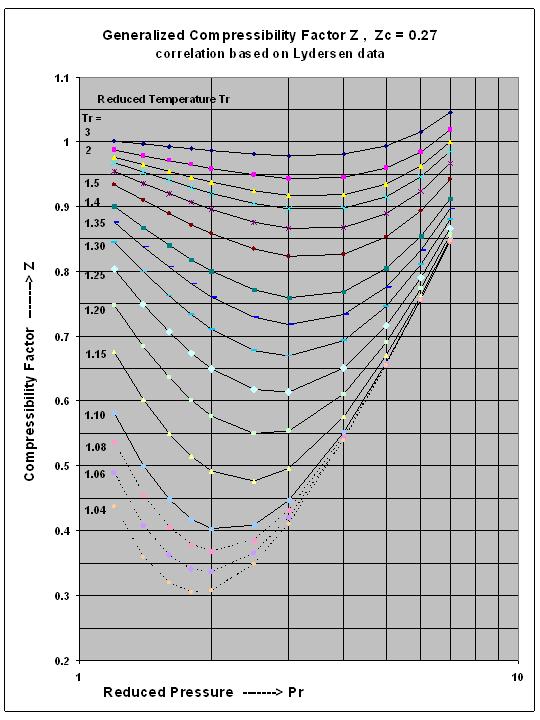Z Plot In Excel
- X Y Z Plot In Excel
- Z Graph In Excel
- Plot Z Score In Excel
- Z Plot In Excel
- Z Charts In Excel
- X Y Z Plot In Excel
- X Y Z Plot In Excel
DPlot is a Windows program that lets Excel users create presentation-quality graphs from a wide variety of data sources. Whether you're a spreadsheet expert or you're using Excel to lay out your first financial statement, you'll benefit from DPlot's powerful graphing capabilities.
In some box plots, the minimums and maximums outside the first and third quartiles are depicted with lines, which are often called whiskers. While Excel 2013 doesn't have a chart template for box plot, you can create box plots by doing the following steps: Calculate quartile values from the source data set.
- Typically, you are given the mean and SD values from the start, but if that’s.
- In Excel 2013, you need to change the chart type by right clicking the column, and select Change Series Chart Type to open the Change Chart Type dialog, then click All Charts tab and specify series chart type and the secondary axis in Choose the chart type and axis for your data series section, then click OK.
- Excel is a spreadsheet application that can render data calculated using 2D charts. The term 2D graph I mean the coordinate system x, y. Visualization of spatial data coordinates x, y, z using a 3D graph does not allow even the latest version (written in 2016).

Graphs in Excel
For many spreadsheet users, the graphing capabilities built into the spreadsheet software can do the job. Today's Excel users, however, are used to seeing presentation-quality graphics in every medium, from cereal boxes to local TV news. Spreadsheet users need more sophistication to keep their stakeholders' attention.
DPlot gives Microsoft Excel users the highest quality, most accurate graphs that are available on the Windows PC today. And by using captivating graphics in your presentations and other work projects, you can keep colleagues and managers interested in your work. DPlot turns team members into supporters.
Creating Graphs with DPlot

With DPlot, Excel users can utilize data files from a wide variety of sources, and turn them into graphs of all types. DPlot easily lays out the graphs the way you need them, and labels and annotates them. For added emphasis, it's easy to use photos or images as the background for your graphs.
Multidimensional Graphs for complex data
DPlot lets spreadsheet users graph and manipulate 1-, 2-, 3-, and 4-dimensional data. If you have a spreadsheet file or an ordinary comma-delimited file that contains statistics by year, or any groupings of figures, DPlot can grab the data, and lay it out for you in a huge variety of graphic representations.
DPlot and Excel Graphs for Specialists
X Y Z Plot In Excel
| DPlot's Excel Add-In makes it simple for engineers, scientists, and mathematicians to move data in a variety of layouts from Microsoft Excel to DPlot. DPlot lets you display presentation-quality graphs in a number of graph types that are simply not available in Excel, including polar charts, triangle plots, Mercator projections and grain size distributions. These graphs support the work of financial professionals, sales managers, entrepreneurs, and students. See below for keyAdd-In features. |
Some of your colleagues and stakeholders learn well from your verbal presentations. Others can grasp numerical data more quickly if they see it displayed graphically. DPlot makes it easy for Excel users to turn data into graphics, effortlessly. Sometimes Excel users need to create stunning contour plots of 3- and 4-dimensional data. Other times, a bare-bones chart can tell your story much more effectively than words. DPlot can meet all of your spreadsheet graphing needs.
Z Graph In Excel
Graphs for All Disciplines
Regardless of the subject matter of your spreadsheets, DPlot can help you illustrate specific functions and formulas effectively. DPlot can enhance your proposals, journal articles, status reports, and project summaries.
Graphs for Regulators, Journalists, and the Public
Colleagues and management are not the only target audiences for Excel users. Your spreadsheet work may be examined by stakeholders as diverse as government regulators, potential investors in your company, and journalists who can help you educate the public. Impress all of your stakeholders by delivering numerical information clearly, graphically.
Whether you're preparing engineering material for your coworkers, illustrating proposals for grants, preparing your calendar-year budget for your manager, or illustrating a journal article, DPlot can help you create stronger visual images.
DPlot Makes Graphs Affordable

A single-user DPlot license costs $195(US), and will improve all of your graphs and charts now, and for years to come.
Plot Z Score In Excel
Key Add-In features
- For most functions, you may use multiple selections if your data columns are not adjacent or if your data is otherwise not arranged as expected (Y column preceding X, for example).
- Data is passed as floating point numbers and internally is independent of the formatting.
- Blank cells are interpreted as you'd expect (rather than filling with 0's, for example).
- Most functions attempt to use the same formatting in DPlot that is used in Excel (dates and/or times, for example).
Add-In Functions
| XYXY Select alternating X,Y columns and produce an XY plot. Column selections may have differing numbers of rows. As with all XY plots produced by the Add-In, the plot will initially use linear scaling on both the X and Y axes and draw line segments between eachdata point. To use a logarithmic or probability scale on either axis or to display the data as a bar chart, polar chart, or any of the other graph types supported by DPlot, right-click on the graph and select the appropriate type. To change the line style, symbol style, line width, symbol height, or color of any curve on the graph simply right-click on a graph to display a drop-down menu. Corresponding commands for all of these options are on the Options menu in DPlot. |
| XYYY Same as above, but X is taken from the first selected column and all subsequently-selected columns are Y values for separate curves. If only one column is selected, it is assumed to be Y values and X is generated, starting at 0 and incremented by 1. Y columns may have blank cells. |
| X,Y,Label Creates 1 curve on an XY plot with X taken from the first selected column, Y taken from the second selected column, and text labels in the third column. Label cells may be blank. |
| Bar chart Creates a bar chart with non-numeric labels on the X axis and 1 or more groups of amplitudes. In DPlot right-click on the plot and select Bar Chart Options to specify the fill style, width, spacing, orientation, and other characteristicsof the plot. See the Bar Chart page for more information. |
| Bar chart, data in rows Same as Bar chart command, with data sets in the same row rather than the same column. |
| OneCurvePerRow Similar to XYXY, but data is arranged by rows rather than columns, with alternating X and Y values in adjacent columns. Each row is used to produce one curve. |
| XYZSurface Select an X, a Y, and a Z column (one or more selections). Produce a 3D surface plot. The plot will initially be drawn in 2D with contour lines. To switch to a 3D view or use shaded color bands rather than contour lines, right-click on the plotand select 'Contour Options'. |
| XYZScatter Select one or more groups of X,Y,Z columns and produce a 3D scatter plot, one data set per X,Y,Z group. |
| You can also use the XYZScatter Add-in command to plot the results of 3D parametric equations: |
| ZGrid Select a table with X in the first row, Y in the first column, and the remainder of the table filled with Z values for the corresponding X and Y. Produces a 3D surface plot. It is not necessary for X and Y to be evenly-spaced. |
| ZScatterTable Very similar to ZGrid, but produces a scatter plot rather than a surface plot. (One consequence of this distinction is that you may have multiple points sharing the same X,Y coordinates.) Select a table with X in the first row, Y in the first column, and the remainder of the table filled with Z values for the corresponding X and Y. |
| OneD Select one or more columns of amplitudes and produce a box-and-whisker plot. Switch to a dot graph by right-clicking on the plot and selecting 'Dot Graph'. Various plot parameters, e.g. the definitions of outliers and extremes, whetherthe plot is mean- or median-based, etc., are accessible via the 'Format' command on the right-click menu. |
Add-In Installation
